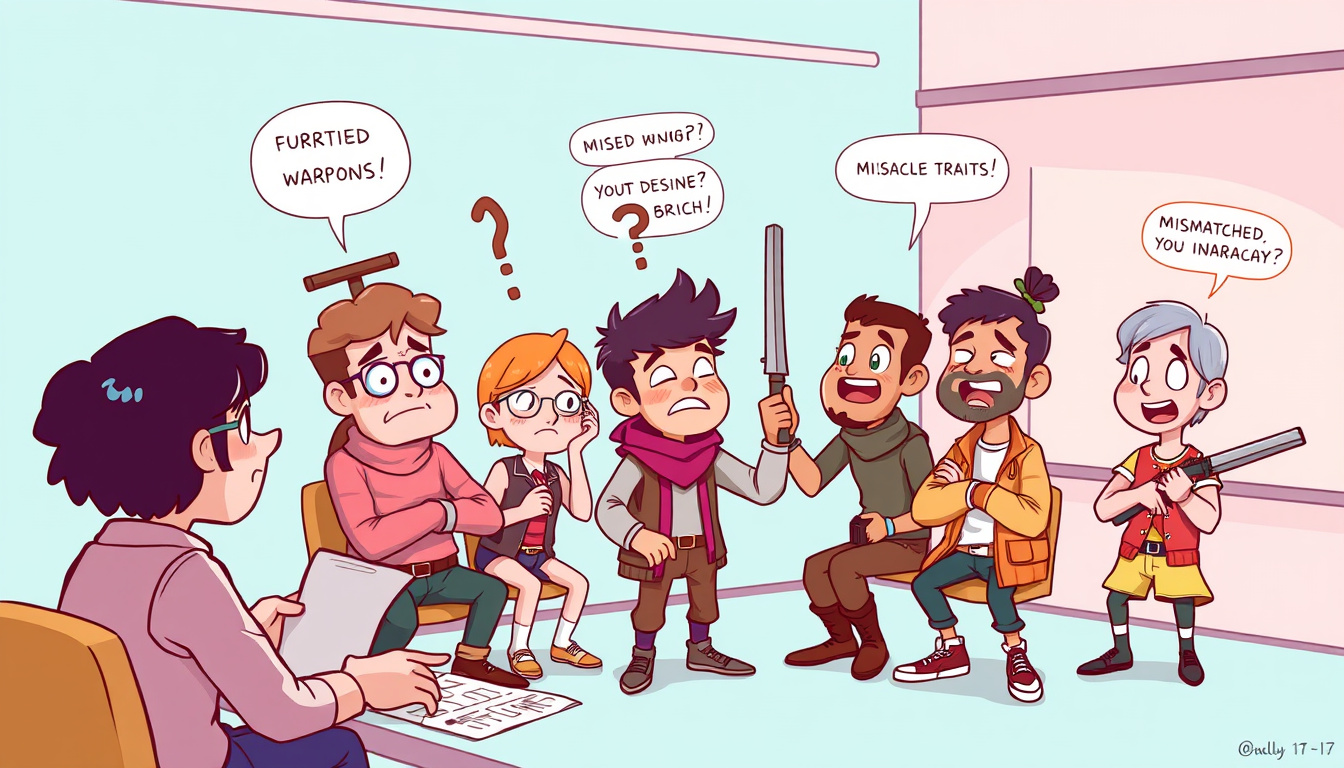
When it comes to making memorable, relatable characters, many new writers face confusing advice. There is plenty online, and some tips hurt more than they help. Below, we refute ten poor character creation tips and show how to build strong characters.
1. Wing it!
Many new writers think that spontaneity creates natural characters. Not planning leads to mixed traits and dull personalities. Characters need a clear background, motives, and life events. A careful plan makes them deep and engaging.
2. Emulate Popular Characters
It is easy to copy well-known characters. However, copying often leaves your writing flat. Your characters must be unique, with fresh ideas. Let your characters guide the story in new ways instead of mimicking others.
3. Self-Insert Characters
Some writers make characters that are just like themselves. This can make the story feel self-centered. Use your life as a source, but give each character its own traits and growth. They need to be different from you to feel real.
4. A Homogeneous Cast
Good stories show different races, genders, sexual orientations, and backgrounds. A uniform cast can make the story feel outdated. A varied group of characters brings energy and deeper themes.
5. One-Dimensional Characters
A single trait does not make a strong character. In real life, people are complex. Avoid reducing your characters to simple types. Give them many traits, flaws, and goals to build true depth.
6. Stick to What You Know
Limiting characters to your own experiences may block creativity. Great writers research and show different lives. Draw from many views. This approach strengthens your characters and makes your story feel true.
7. Avoid Positive Traits
Some believe that a good character must be deeply flawed. But people have both strengths and weaknesses. Characters can be likable when they also show positive traits. Let them be balanced so readers can relate on many levels.
8. Overdevelop Every Character
It is important to build main characters well. However, pouring too much detail into every character can slow your story. Focus on a few key roles, while keeping others lighter. Sometimes, less is more.
9. Comic Relief Should Be Singular
Many think only one character should be funny. Humor can come from several characters and their interactions. Allow more than one character to show humor. This makes scenes feel more natural and fun.
10. Villains Should Be Simply Evil
A villain who only exists to cause harm makes a weak story. A good antagonist has clear, layered motives. Complex villains challenge heroes and add tension. They help create a richer, more real tale.
Conclusion
Finding your way in character creation advice can seem hard. Many tips miss the mark. By dropping these poor ideas and building characters with many layers and real traits, you can make your story strong. Thoughtful development, diversity, and real human traits are key. As you start your next project, avoid these pitfalls and build rich, engaging characters.
contact us @mindfulaimedia@gmail.com

No comments:
Post a Comment